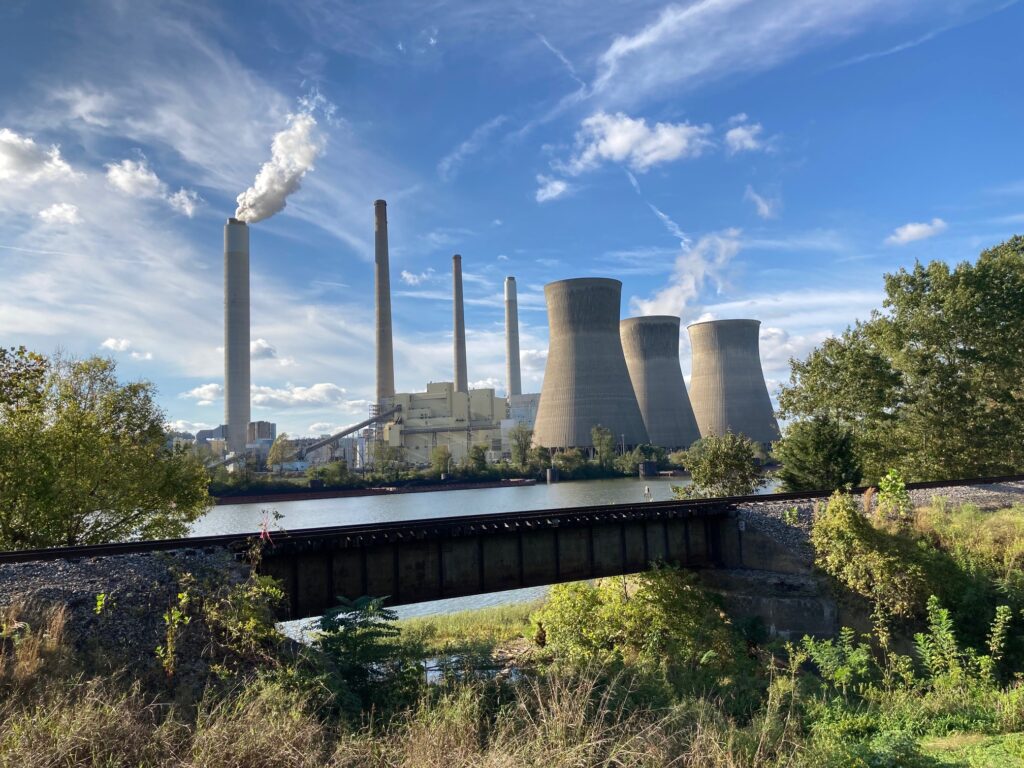West Virginia and Indiana are leading a lawsuit, along with 25 other states, against the U.S. Environmental Protection Agency (EPA) to stop new rules on existing coal and new natural gas-fired power plants.
The suit was filed in the U.S. Court of Appeals for the District of Columbia Circuit.
The EPA’s final rules were released at the end of April. Coal plants will have to ultimately cut their carbon dioxide emissions by 90 percent or shut down. New gas plants will have to also capture 90 percent of their CO2.
The EPA is working on a separate rule to cut carbon emissions from existing gas plants. About 40 percent of U.S. electricity comes from gas.
The new rules include updated limits on mercury and other toxic pollutants from plants that burn coal. They also include changes to how power plants dispose of the wastewater that results from treating coal emissions to remove toxic pollutants.
Finally, the rules require the cleanup of coal ash disposal sites that were closed prior to 2015.
West Virginia Attorney General Patrick Morrisey said the rule ignored the ruling by the U.S. Supreme Court in West Virginia v. EPA, which said the EPA could not use the Clean Air Act to force coal-fired power plants into retirement.
“This rule strips the states of important discretion while using technologies that don’t work in the real world — this administration packaged this rule with several other rules aimed at destroying traditional energy providers,” Morrisey said. “We are confident we will once again prevail in court against this rogue agency.”
When those rules were announced, EPA Administrator Michael Regan said, “By developing these standards in a clear, transparent, inclusive manner, EPA is cutting pollution while ensuring that power companies can make smart investments and continue to deliver reliable electricity for all Americans.”
The power plant rules align with changes that have been happening in the sector in the past decade. Electric utilities have moved sharply away from coal, largely switching to natural gas, and now, renewables and batteries.
“This year, the United States is projected to build more new electric generation capacity than we have in two decades — and 96 percent of that will be clean,” said White House Climate Adviser Ali Zaidi.
A separate statement from the Natural Resources Defense Council was more blunt.
“While polluters and their allies always complain that whatever technology EPA is requiring is not ready for prime time, in this case their argument is even more ridiculous: In addition to the technology being available, it’s also being supported with billions of dollars of tax incentives via the Inflation Reduction Act.
“Instead of fighting a losing legal battle, power plant owners and states should be locking up their lawyers and turning loose their engineers,” said David Doniger, a senior attorney at the organization.
Morrisey said in a statement that he would also file a motion to stay the new rule as soon as possible.
Alabama, Alaska, Arkansas, Florida, Georgia, Idaho, Iowa, Kentucky, Louisiana, Mississippi, Missouri, Montana, Nebraska, New Hampshire, North Dakota, Oklahoma, South Carolina, South Dakota, Tennessee, Texas, Utah, Virginia and Wyoming joined the West Virginia- and Indiana-led lawsuit.






















